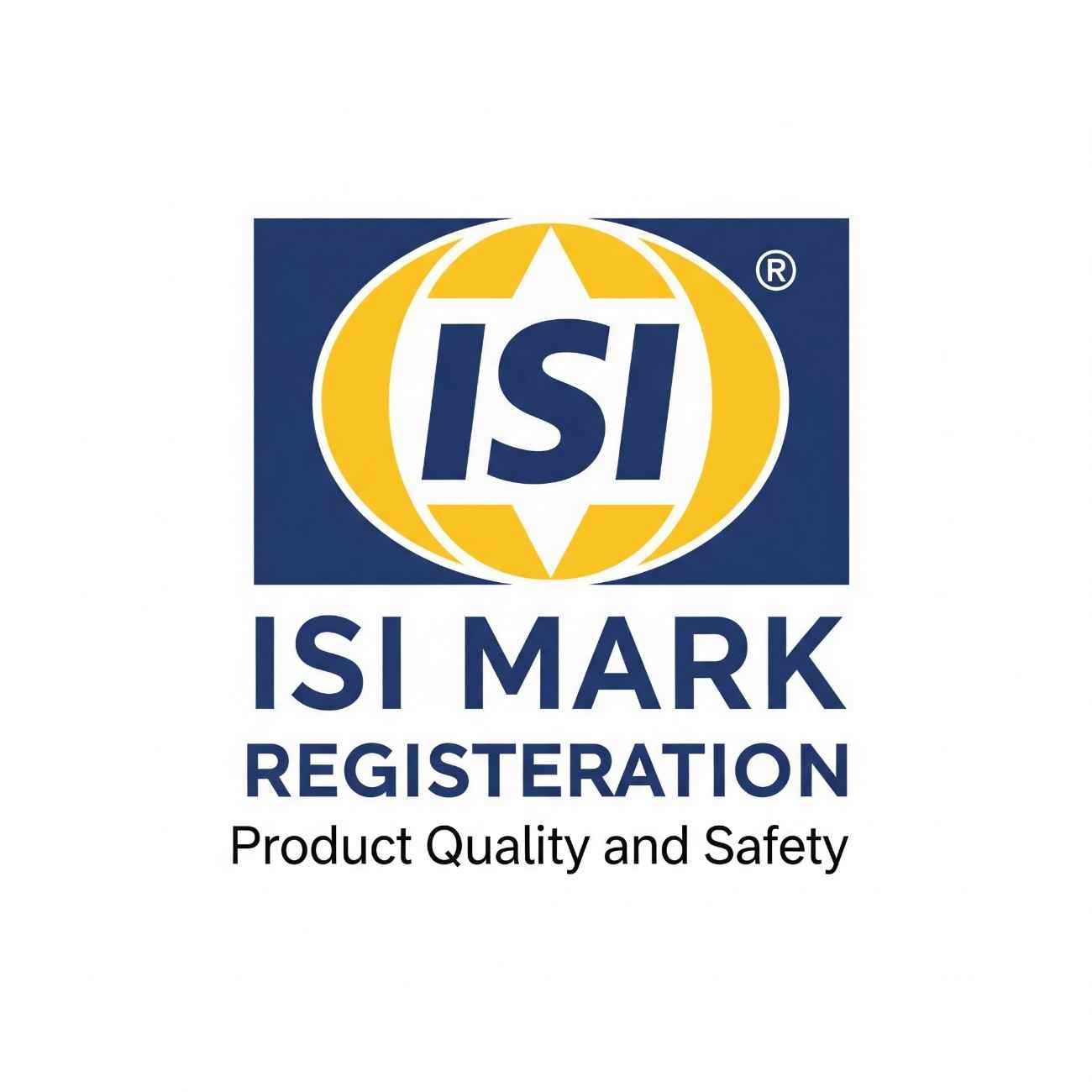


Read real case studies where improper ISI Mark usage caused product bans, penalties, and seizures. Learn how to avoid non-compliance with BIS rules.
The ISI mark is more than just a symbol—it’s a legal declaration of quality and compliance with Indian Standards. The Bureau of Indian Standards (BIS) has made it mandatory for certain products to carry this mark. Failure to comply can lead to serious legal consequences, including fines, product recalls, and criminal proceedings.
In this blog, we look at real-life case studies where companies faced trouble due to non-compliance with ISI Mark Registration rules. These cautionary tales offer valuable lessons for manufacturers, importers, and sellers.
A ceiling fan manufacturer based in Delhi was found selling unlicensed products with a fake ISI mark. BIS conducted a surprise market inspection and discovered that the company had not obtained any license for ISI Mark Registration.
Outcome:
BIS seized over 2,000 units from the warehouse. The manufacturer faced prosecution under the BIS Act, resulting in a heavy fine and a ban on sales until a valid license was obtained. Additionally, retailers associated with the brand removed the products from their shelves.
Lesson: Using the ISI mark without an actual license is a punishable offense, even if the product meets safety standards.
An importer from Mumbai was bringing in electric toys from China. The packaging displayed the ISI mark, but upon checking, customs authorities found that the importer did not hold a valid ISI license, and neither did the foreign manufacturer.
Outcome:
The consignment was held at the port, and clearance was denied. The BIS initiated legal action, and the importer had to destroy the non-compliant stock after failing to produce valid documentation.
Lesson: Importers are equally responsible for ISI compliance. If your foreign supplier is not certified under BIS’s FMCS scheme, the goods cannot be sold in India.
A steel manufacturer in Gujarat placed the ISI mark on outer packaging only, assuming it would be sufficient. The product itself carried no marking, and the packaging lacked the CM/L number and standard code.
Outcome:
BIS found the violation during a routine inspection and issued a show-cause notice. The manufacturer’s license was suspended for three months, causing a major supply chain disruption.
Lesson: It’s not just about having a license—the mark must be displayed correctly as per BIS packaging and labeling guidelines.
These case studies highlight common errors:
Using the ISI mark without approval
Missing CM/L number or Indian Standard code
Applying the mark only on outer packaging without permission
Failing to inform BIS of changes in packaging or manufacturing address
How to Display the ISI Mark Correctly
Place the ISI mark on both the product and the packaging (unless exempted)
Include your CM/L number directly under the ISI symbol
Mention the applicable Indian Standard (IS code)
Use correct size, position, and color to maintain visibility
Avoid faded or distorted printing
In recent years, BIS has stepped up surveillance. Surprise inspections, market checks, and port scrutiny have become more frequent. Even digital platforms like Amazon and Flipkart are being monitored to detect uncertified products.
Startups and small manufacturers often underestimate the legal and reputational damage that can result from non-compliance. But as these cases show, ignorance is not an excuse in the eyes of the law.
ISI Mark Registration is not just about passing a test or ticking a box—it’s a full legal responsibility. Proper usage on packaging and labels is essential for maintaining compliance. Businesses that fail to meet BIS norms not only risk penalties but also lose market trust and distribution channels.
Avoid these pitfalls by understanding the full scope of ISI mark guidelines and staying updated with changes. For any product under the mandatory certification list, legal trouble is just one wrong label away.
